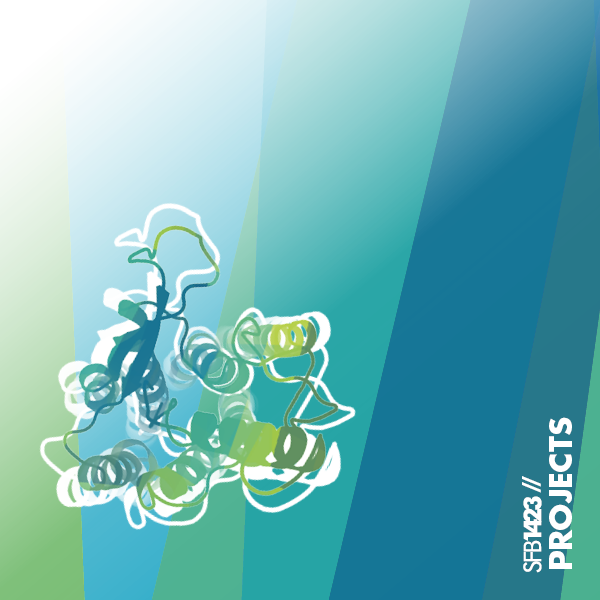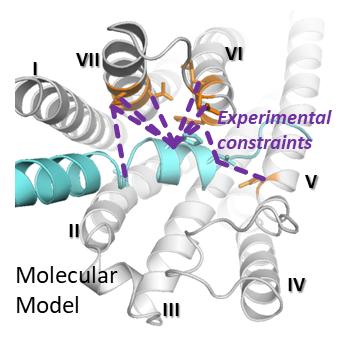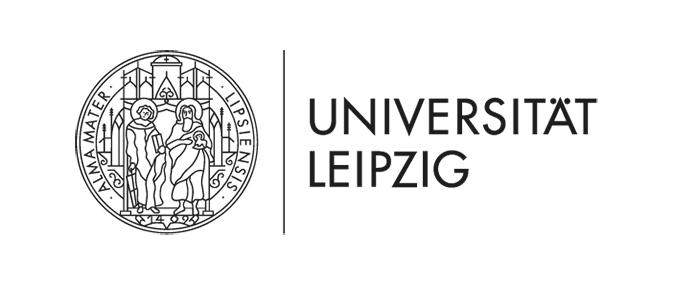

Project Group B: Modulation of Receptor Activation
GPCR activity is modulated by distinct signals that lead to the stabilization of the active receptor conformation(s). This will be studied and analyzed by the projects grouped in group B. In the first funding period highlights include the characterization of positive and negative allosteric modulators (B01), the application of genetically encoded libraries (B04) and sensors (B06) to characterize receptor states and to validate structures from project group A (B01, B02, B03, B05). Projects B01 to B04 address the function of specific ligands in peptide GPCRs to elucidate the possibilities and mechanisms of receptor activation as well as its physiological consequences, whereas B05 and B06 address similar issues on aGPCRs. Selective and biased peptide and non-peptide ligands as well as allosteric modulators will be studied and mutagenesis, genetically encoded crosslinkers and directed evolutionary methods will be used at the receptor side. Biased signaling will be studied across the different activation ligands and comparison of G-protein binding and arrestin interaction between peptide GPCRs and aGPCRs will be performed. Drosophila (B06) and C. elegans (B03, C04) as “easy to manipulate” model organisms will be included for studying the relevance of receptor dynamics in in vivo settings.
In the projects of group B, specific ligands that stabilize the active or inactive receptor conformation will be characterized. Mutagenesis, chimeric receptors, photo-crosslinking, and biochemical and biophysical characterization will be used to identify relevant receptor states, such as oligomerization, interaction with intracellular or extracellular proteins. The experimental results will be compared to the structural information, and computational modeling as well as molecular dynamics in Z04-INF will be used to understand the dynamics of ligand binding. Active states of peptide and aGPCRs will be compared, as well as the role of different receptor segments for ligand binding.














